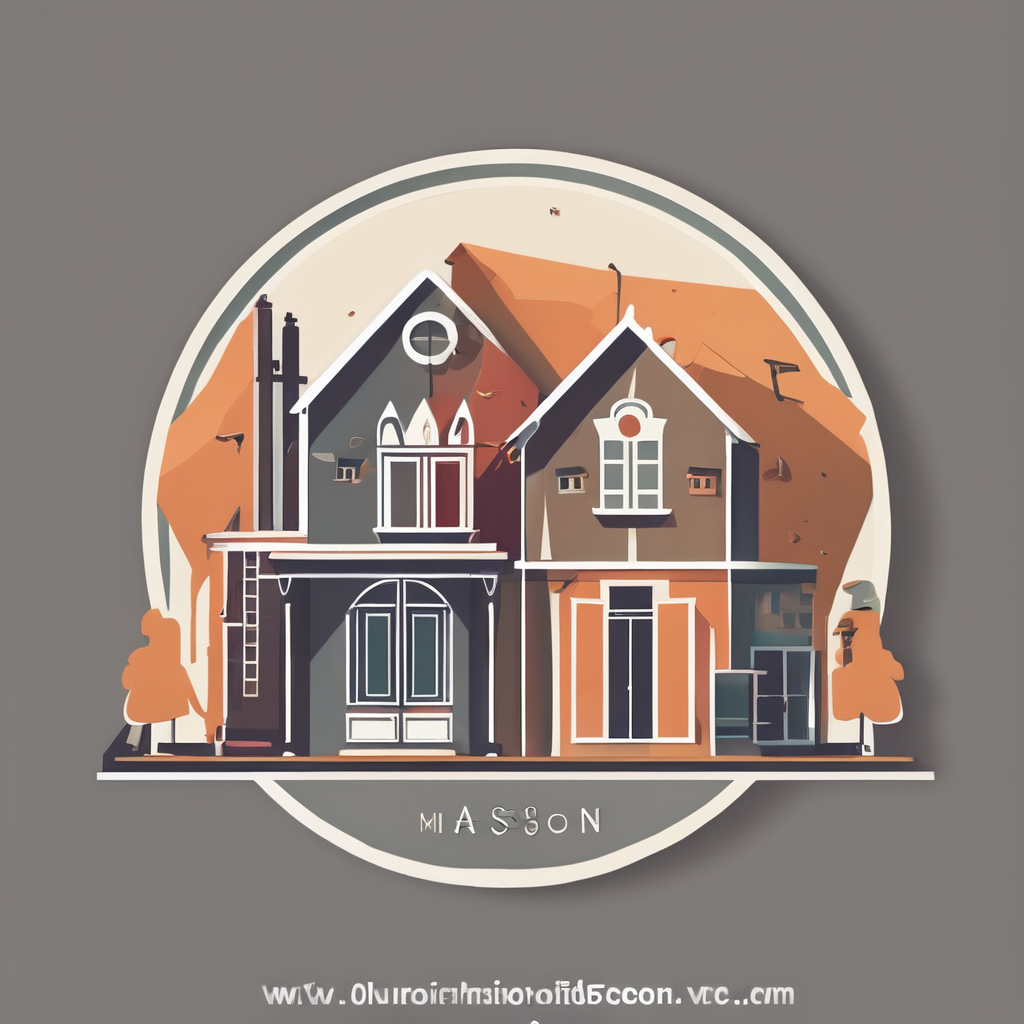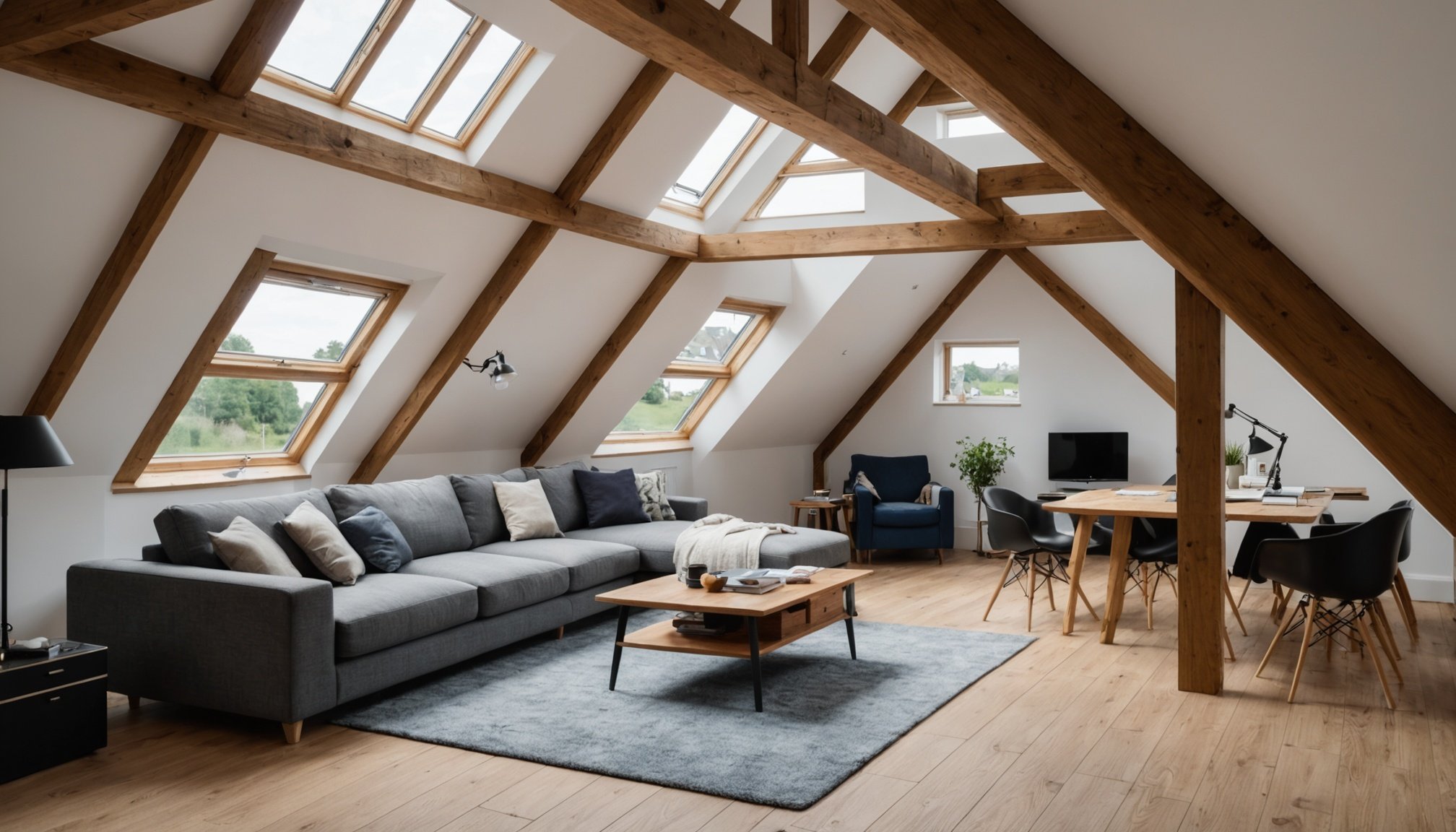Unlocking Your Loft: Essential Legal Guidelines for Loft Conversions in Birmingham
Converting your loft can be a transformative project that enhances your living space and potentially increases the value of your home. However, navigating the legal requirements can be daunting. Here’s a comprehensive guide to help you understand the essential legal guidelines for loft conversions in Birmingham.
Understanding Building Regulations
When it comes to loft conversions, compliance with building regulations is paramount. These regulations ensure the safety and sustainability of any building work, covering aspects such as structural integrity, fire safety, insulation, and ventilation.
Also to see : Ultimate Guide to Waterproofing Your Basement: Top Strategies for UK Homes
Why Building Regulations Are Necessary
Building regulations are mandatory for all loft conversions in Birmingham, regardless of whether the project falls under permitted development rights or not. You need to apply for building regulations approval before starting your project. This involves submitting detailed plans and specifications to the local authority or an approved inspector[1].
The Role of Building Control
Building Control bodies, either from the local authority (Birmingham City Council) or approved inspectors licensed by the Construction Industry Council, play a crucial role in ensuring compliance. They review your plans, conduct site visits at various stages of the project, and issue a completion certificate once all work meets the regulations. This certificate is vital as it proves the legality of your loft conversion and could be required if you decide to sell your property in the future[1].
Also read : Discover the Best Techniques for Effortlessly Eliminating Hard Water Stains from Bathroom Tiles in Kent
Planning Permission: When Is It Necessary?
Planning permission is not always required for loft conversions, but there are specific instances where it becomes mandatory.
Permitted Development Rights
In many cases, loft conversions fall under permitted development rights, meaning they can be carried out without planning permission as long as they meet certain conditions. However, in Birmingham, the local planning authority may have removed some of these rights. It’s essential to check with Birmingham City Council before starting any work on your loft conversion[1].
Instances Requiring Planning Permission
You might need to apply for planning permission if:
- Your loft conversion exceeds the current volume of your roof space.
- You’re planning a balcony.
- You live in a conservation area.
- Your design does not comply with the local authority’s guidelines.
To determine if you need planning permission, you can check the Planning Portal or submit a Proposed Lawful Development Certificate for a formal response[4].
Loft Conversion Design and Plans
Creating a detailed design blueprint is not just a good idea but a legal requirement for your loft conversion.
What Your Plans Should Include
Your design plans need to illustrate how the conversion will integrate with the existing structure of your house. They should demonstrate how building regulations will be met, including:
- Adequate ventilation and insulation.
- Fire safety standards.
- Maintenance of the structural integrity of the building.
These plans should be submitted to the local council as part of your building regulations application. It’s advisable to have these drawings done by a professional architect or surveyor who is well-versed with loft conversions[1].
The Importance of Professional Advice
Hiring a professional loft conversion company or a chartered surveyor can significantly simplify the process.
Benefits of Professional Help
A professional can:
- Provide expert advice on compliance with regulations.
- Ensure your design meets all necessary standards.
- Manage the application process for building regulations and planning permission.
- Conduct thorough inspections to ensure the structural integrity and safety of the conversion[3].
For example, a RICS chartered surveyor can inspect all aspects of the building, including the original and extended roof spaces, to assess whether building regulations have been adhered to and the structure is sound[3].
Marketing and Selling Your Property
When it comes to marketing and selling your property with a loft conversion, there are specific legal guidelines to follow.
Accurate Descriptions
According to the Consumer Protection Regulations (CPRs), property agents must not engage in misleading practices. If there is no documentary evidence that the loft conversion has been approved for use as a bedroom, the room should only be described as a ‘loft conversion’ or ‘attic room’ and not included in the number of bedrooms in the property particulars[2].
Material Information
The planning status of any works undertaken within a property is considered material information that consumers need to make a purchasing decision. Failing to inform consumers about the lack of planning consent for the attic room can be a misleading omission and potentially an offence[2].
Practical Insights and Actionable Advice
Here are some practical tips to help you navigate the legalities of your loft conversion project:
Checklist for Compliance
- Building Regulations Approval: Always apply for building regulations approval before starting your project.
- Planning Permission: Check if you need planning permission and submit a Proposed Lawful Development Certificate if necessary.
- Professional Help: Hire a professional architect or surveyor to ensure your design meets all necessary standards.
- Inspections: Ensure that all necessary inspections are conducted at various stages of the project.
- Documentation: Keep all relevant paperwork, including approval certificates and inspection records, for at least three years.
Cost Considerations
The cost of a loft conversion can vary widely depending on the complexity of the project, the materials used, and the need for professional services. Here is a rough breakdown of some costs you might incur:
| Service/Cost Component | Estimated Cost |
|---|---|
| Architectural Design | £1,000 – £3,000 |
| Building Regulations Approval | £500 – £1,500 |
| Planning Permission | £206 (for a house) |
| Construction Costs | £20,000 – £50,000 |
| Inspections and Certificates | £500 – £1,000 |
Structural Considerations
When planning your loft conversion, it’s crucial to consider the structural integrity of your building. Here are some key points:
- Pitched Roof vs. Hip Gable: Ensure your roof type can support the conversion.
- Natural Light: Plan for adequate natural light through skylights or dormer windows.
- Party Wall Agreements: If you share a wall with a neighbor, ensure you have the necessary agreements in place.
Converting your loft is a significant project that requires careful planning and compliance with various legal requirements. By understanding the need for building regulations approval, planning permission, and accurate marketing descriptions, you can ensure your project is both lawful and valuable.
As Simon Brassington MRICS from Allcott Associates notes, “It’s essential to walk the client through appropriate safety measures for loft conversions to make sure that the fire prevention is up to scratch.” This attention to detail and compliance with regulations will not only ensure the safety and sustainability of your project but also add value to your home in the long run[3].
By following these guidelines and seeking professional advice when needed, you can unlock the full potential of your loft and enhance your living space without any legal hurdles. Remember, the ultimate responsibility for legal compliance lies with you, the homeowner, so it’s crucial to be well-informed and proactive throughout the process.











